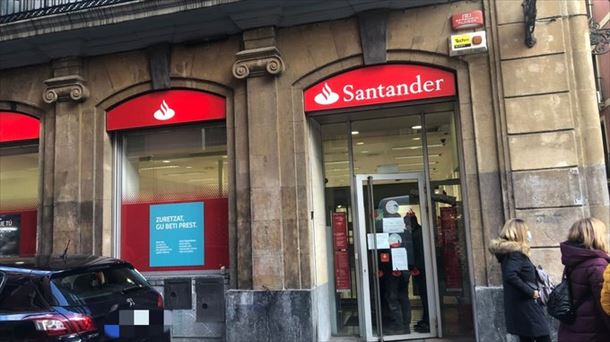The Renault 4 CV, our ‘4/4’ in Spain, was born in 1947. It is a popular model designed to motorize a post-war France, but there are those who dream of more ambitious goals
In 1945 the guns in Europe are silent. Peace has come, but the wounds of the terrible war that was World War II are still there.
Le Mans, the setting for that most famous race, the Grand Prix d’Endurace, has not escaped destruction. First the British RAF and then the German Lutwaffe used the Les Hunaudieres straight as a runway and the pits as hangars and workshops, making the facility a target for bombing.
But four years later, in 1949, the Automobile Club de L’Ouest, the famous ACO organizer of the test, gets state aid to rebuild its facilities and redesign La Sarthe (you know, part of the permanent circuit of Bugatti and part of roads closed to traffic) used for the 24 Hours of Le Mans, and with an environment where there are still areas where you can’t go because they are still being mined….
The inscription is a curious mishmash of cars, many from before the war. But in this panorama, a lone Renault 4 CV, the model we know in Spain as 4/4, continues to draw attention.
At the end of 1940, the Germans occupied France. Charles Édouard Serre and Fernand Picard, two Renault engineers, launch the idea of a small popular car for when the conflict is over. The 4 CV project takes shape behind the occupants’ backs and even Louis Renault himself is unaware of the magnitude of the work. At the beginning of 1942, the 757 cc engine makes its first turns. Faced with the fait accompli, Luis Renault approves the job with a small mouth. The first prototype miraculously escaped Allied bombing. The second, which replaced the aluminum of the body and engine with steel, appears two years later. After the liberation, the factory is nationalized and Louis Renault dies in prison.
Pierre Lefaucheux, the first general manager of Regie Renault, approves the launch of the small car, presented to the public at the Paris Motor Show in 1946, and begins to leave the chain on the famous island of Seguin in August 1947.
The 4 CV is a very popular model, with a significant list of buyers. But it is not only interesting for those looking for a means of transport or who want to enjoy the freedom that a car brings. Competition enthusiasts also see, at least in the most modest steps, a car for rallies or circuits.
And this must also have been thought by Camille Hardy and Maurice Roger, when they took part with their 4 CV in the 24 Hours of Le Mans in 1949, in the «Class of less than 1100 cc». The output will be given on Saturday 26 June. In the seventh hour of the race, the Renault breaks a valve on its small 759 cc four-cylinder engine.
But a door has been opened and in the edition of the 24 Hours of 1950 there are five registered 4 CVs, always in private hands. And this time three will pass under the checkered flag on Sunday 25 June, in places 24 (Sandt-Coatalen), 25 (Lecat-Pons) and 27 (Vernet-Eckerlein). Hervé Coatalen and Jaques Sandt completed 171 laps (2,314 kilometers) with an average speed of 96.4 km/h. They may seem modest numbers, far from the winning Talbot-Lago T 26, of Louis and Jean Louis Rosier (256 laps, 3,465 kilometers and 144 km/h average speed), but the Rosiers’ car had a 4.5 liter engine. ..
But for Regie Renault, this achievement of Coatalen and Sandt does not go unnoticed and in 1951, at the start of Le Mans, there are six 4CVs, five of which are officers registered by the brand. It is the type R1063, some “4/4” already quite extensive, with important work at the engine level (which increases the power to 35 hp) and reformed rear suspension. The displacement of the engines was slightly reduced to allow 750 cc to enter the 501 class, a class in which the team of André Briat and François Landon will prevail with an average of 111,198 km/h. Two more 4 CVs complete the tough test.
As a result, the operation is renewed in 1952, but with less success, as of the six 4 CV only two pass under the checkered flag on Sunday. Obviously in positions 15 and 17, the latter is that of Jean Rédélé, the future father of the Alpine. As a result, the REGIE makes its official participations more discreet, even if another 4 CV, even with aerodynamic bodies, will be registered until 1954.
Source: La Verdad
I am Ida Scott, a journalist and content author with a passion for uncovering the truth. I have been writing professionally for Today Times Live since 2020 and specialize in political news. My career began when I was just 17; I had already developed a knack for research and an eye for detail which made me stand out from my peers.



